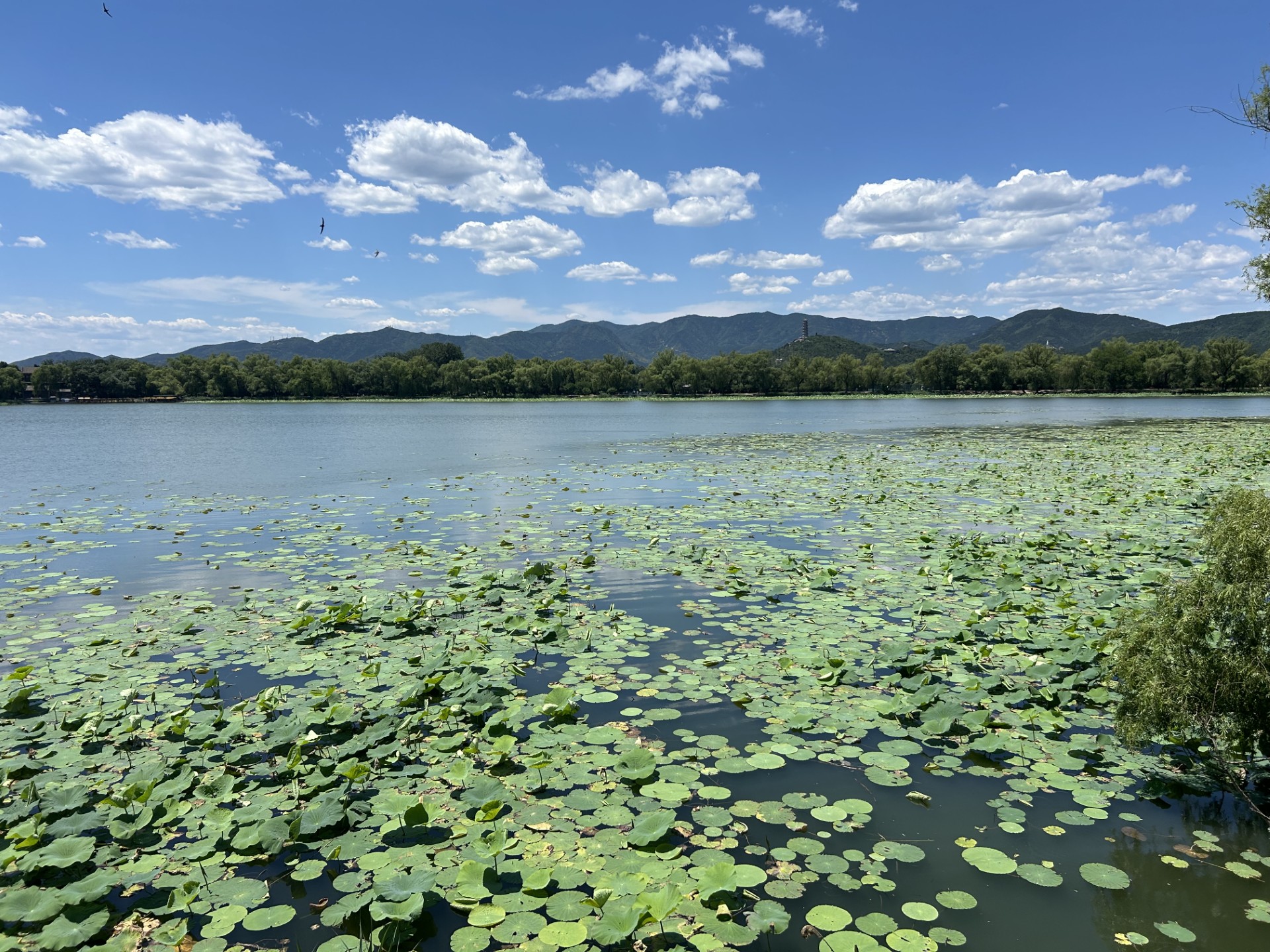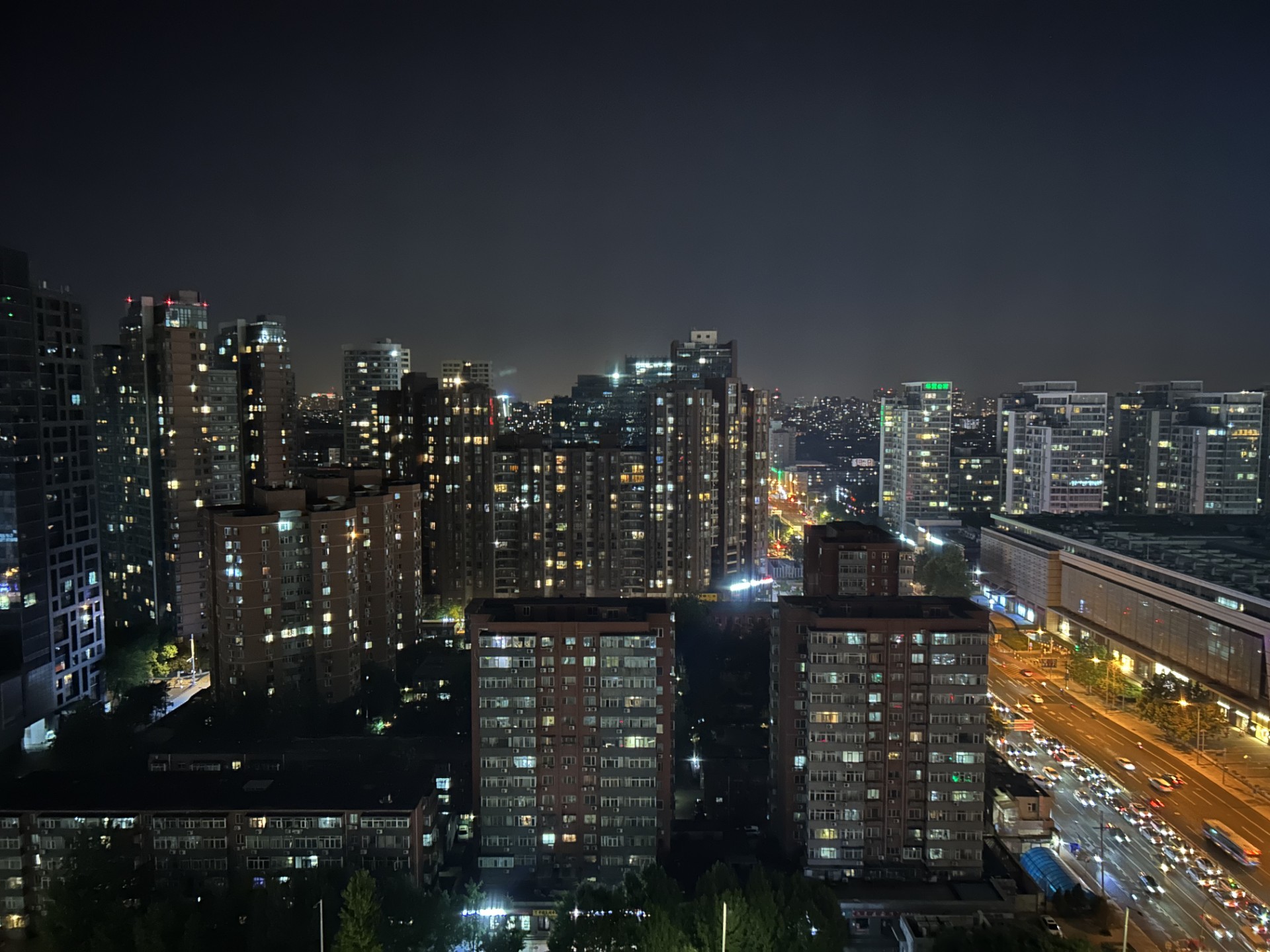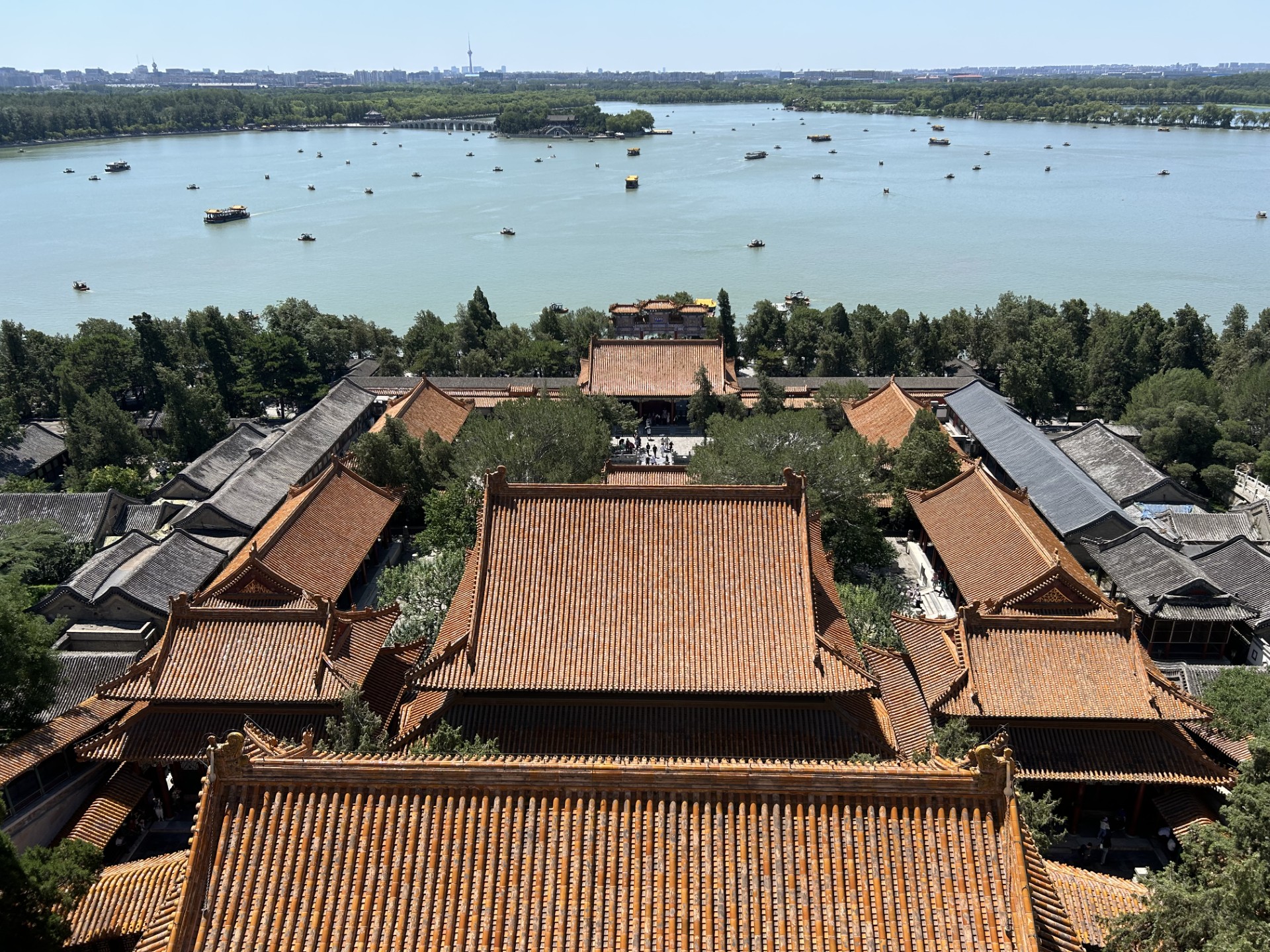The Crime Victims Fund, Sentencing Defendants, and Goat Bone Marrow
This week, I worked on a project concerning the Crime Victims Fund in the United States for my supervisor. I had never even heard of this funding before a couple weeks ago—but when I submitted a short report for my supervisor concerning types of compensation victims of crimes may receive, she wished to know more about this particular funding. To sum it up very quickly, a crime victim may petition for funding (composed of criminal fines, halfway house fees, and other similar fines) to cover calculable medical and funeral costs not paid for by the victim’s insurance and/or civil and criminal compensation. This funding is distributed to certain organizations such as the Federal Victim Notification System and the Children’s Justice Act program, and then the remainder goes to the states themselves, who dole it out to institutions who work with victims and to the victims themselves.
Sarah and I also had a meeting with two lawyers and an intern to chat about some case analyses we turned in a couple weeks ago. In the two hours we were talking, we ended up only getting through one case analysis because we were all fascinated with the comparisons of standards of law in the two countries! Here, it is standard practice to combine criminal and civil cases, so if a victim would like to bring a separate civil suit, the state will not pay for any litigation fees. We brought up the American right to not self-incriminate in criminal suits, and the fact it’s the state bringing the suit instead of the victim—which are two main reasons why criminal suits are never tied together with civil suits.

Additionally, in China, there are always minimum and maximum sentences for crimes, so judges have less leeway to minimize sentences than in the United States. There is a way to make up for this hard floor through mediation, however, which sometimes takes place after a criminal trial. During mediation, the victim may present a letter of forgiveness and the defendant may offer to pay some of the victim’s medical costs, at which point the judge may reduce the defendant’s sentence up to 40%. If this takes place without a forgiveness letter by the victim, compensation can still reduce the sentence up to 30%. Though I understand leniency may be warranted when a victim believes a defendant should not be so heavily punished, if a victim does not write a forgiveness letter, it seems to me it is very improper to allow a defendant to essentially pay his way out of a third of his jailtime. The judge will still take many considerations into account, such as the violence and intentionality of the crime, whether the victim belongs to a vulnerable group, and—as we all laughed about, because judges in any country are only human—it may depend on the current mood of the judge.
While eating lunch with our coworkers the other day, I came across the first food I truly cannot stomach (or listen to others eating): goat pelvis that comes with a straw to slurp out the bone marrow. I almost had to leave the restaurant, but powered through as the sounds of amplified slurping seemed to echo around the room. I think very highly of the way the Chinese people eat all parts of animals slaughtered for food, working their way around bones and cartilage and eating their bone marrow—it is much less wasteful than how we eat meat in the United States—but my admiration unfortunately could not overcome my distaste for this particular food!
In addition to work, this past week was a blast. Between grabbing drinks with a German woman who has lived here for five years, stuffing myself at a vegetarian buffet restaurant with over 130 dishes to try with my Austrian friend who teaches German at Peking University, attending a board game night with that friend and four of her academic acquaintances, and attending a blues dance overlooking the glittering city lights with a Chinese coworker, I’ve been keeping myself busy! On Saturday, I spent most of the day with my Austrian friend at the Summer Palace—and what a gorgeous place it is! Though we were not allowed into any of the palace buildings themselves (this is standard for Chinese historical monuments—probably to keep the entry fees so impressively cheap) we walked up to the top of two different palace buildings, and the view was incredible. The Palace is built looking out upon northern Beijing and mountains in the distance, and the temple faces the opposite way, offering an impressive view of the Palace grounds’ extensive and beautiful green lake. A walkway with steeply curved marble bridges bordering the lake leads to different pavilions and shaded areas where people sat and looked out at the view while licking ice cream and leisurely fanning themselves. Of course, my tall white friend and I were asked to be photographed three times, and we complied—but I asked for a photo with them afterward! I've begun saying "Ni hao!" to those who stare too long at me, too. It seems to break the ice a little and gets both parties to laugh at themselves. Until the next time!